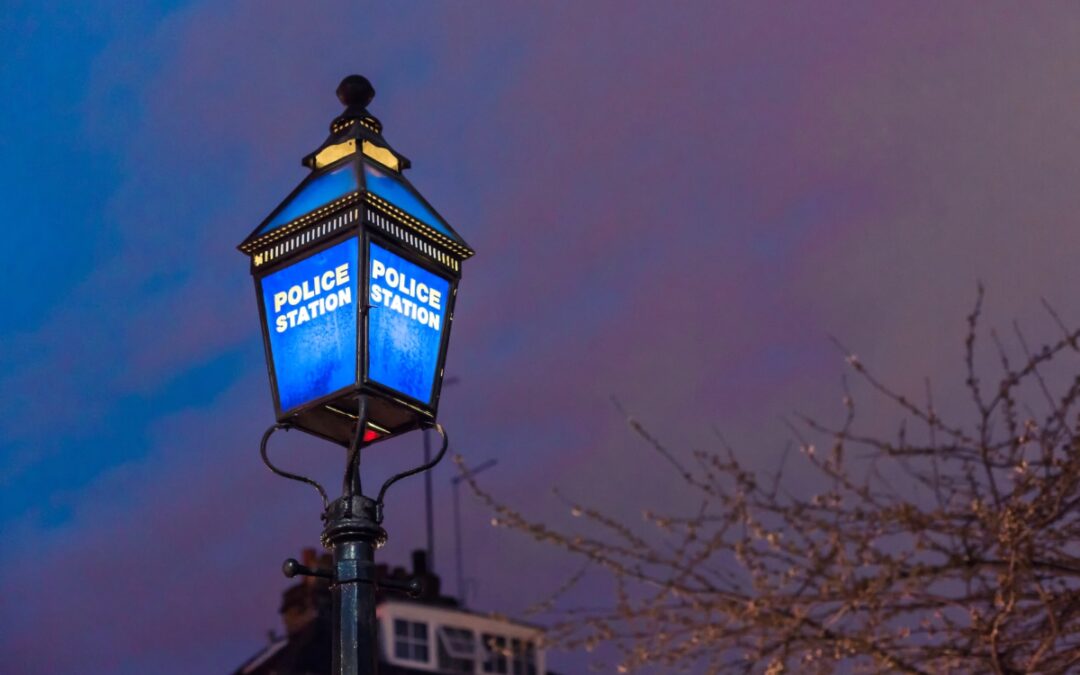Multi-Disciplinary Teams (MDT) include various medical services colleagues from different disciplinary groups with integral abilities, skill, and experience. It has been determined that the usage of multidisciplinary groups produces a greater, more pronounced and focused consideration. The interaction by its plan ought to improve correspondence, cooperation, and collegiality among individuals from the medical care group and the patient. The advancement of these groups started due to legitimate need as medical services frameworks have gotten more perplexing. The numerous factors that add to understanding results require the contribution of various controls. Multidisciplinary patient rounds have become a staple in many associations that give care to the basically sick. Indeed, the advantages of these groups are so all around perceived that the World Health Organization, alongside other public associations, has created care models and expert practice principles that utilization the multidisciplinary group as the essential establishment for care.
The Power of Multi-disciplinary Teams in Policing
Multi-disciplinary teams are becoming increasingly popular in policing, with good reason. Combining specialists from different areas like forensic science, criminology, and psychology, allows police departments to handle even the most unique crimes more effectively than ever before. However, creating and maintaining these specialized units also comes with its own unique set of challenges. Here’s how they work and why you should consider them too!
Drawing on team members with different skills
Today’s policing demands are constantly changing, and police departments must adapt to keep up. One way to do this is by forming multi-disciplinary teams. These teams bring together officers with different skills and perspectives to solve problems more effectively.
When it comes to policing, a multi-disciplinary team can be a powerful asset. Drawing on team members with different skills and backgrounds can help law enforcement agencies more effectively solve crimes and keep communities safe.
Improving police communications
In order to most effectively police our communities, it is essential that we have strong lines of communication with those who are not sworn officers. This includes members of the public, local business owners, and community leaders. Here are five ways to improve communication with non-police officers
In recent years, there has been a push for more communication and collaboration within the police force. This is due to the fact that effective communication can help improve officer safety, prevent misconduct, and build trust between the police and the community.
Offering benefits to other public sector workers who join police teams
In recent years, there has been a trend towards multi-disciplinary teams in policing. This means that police officers work alongside other public sector workers, such as social workers and health professionals. There are many benefits to this approach, including
In any work environment, it’s important to be able to coach and train your supervisors on how to handle different personalities. After all, each person is unique and comes with their own set of challenges.
Choosing team leaders carefully
When choosing team leaders, it is important to consider carefully the mix of skills and experience that will be most effective in achieving the team’s goals. The leader should have a clear vision for the team and be able to articulate it to the members. They should also be able to motivate and inspire the team to work together towards a common goal. Furthermore, the leader should be able to manage conflict effectively and make decisions that are in the best interests of the team.
When it comes to fighting crime, there’s no one-size-fits-all solution. That’s why multi-disciplinary teams, which bring together a variety of experts from different fields, can be so powerful.


